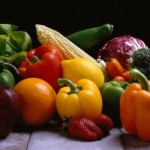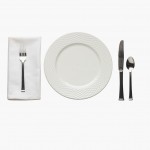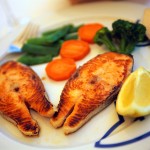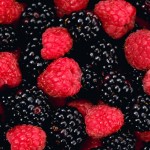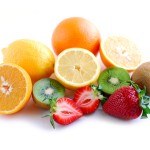In the past few years, there has been a huge increase in the variety and availability of gluten free food choices. Most grocery store chains now devote an entire aisle to “health foods” and consumers will find many gluten free choices there.
Lately, I’ve had clients without celiac disease or gluten intolerance ask whether they should go on a gluten free diet to improve their health. The emergence of many food products, along with some help from celebrities and TV talk shows have made the gluten free diet popular indeed.
So should you go gluten free? The short answer to this question is “it depends on your why you are doing it.” For those diagnosed with celiac disease or gluten intolerance, the gluten free diet is the only treatment for getting well. For everyone else, it’s NOT likely to be the magic bullet to weight loss or better health.
For years I have helped clients with celiac disease or gluten intolerance learn how to navigate in food markets and restaurants so that their food choices are gluten free. The learning curve for going gluten free is pretty steep. It can take weeks or months to learn how to get gluten completely out of your diet. Just learning what foods are gluten free and how to read ingredient lists on labels is a daunting task itself.
This past week I got to experience that learning curve first hand, when I received my own diagnosis of celiac disease. To say I was stunned is an understatement. Having none of the classic signs of celiac disease, it took me several days just to process this reality. The proof, of course, was in the blood work and a small intestinal biopsy. Had I not seen those results for myself, I would not be convinced. So here I am in the same shoes as my clients who have to think about every food they choose to eat. Fortunately for me, I already know what to look for and how to prepare gluten free foods. It’s just that I’ve never had to do this before.
Yesterday I spent the better part of the day planning for the items I will need for my meals. I’m weeding out those items I will no longer use. It’s unlikely that I will purchase many of the packaged gluten free products, as many are high in calories and low on fiber and nutrition. I’ll stick to the whole foods and try my hand at baking some gluten free items from scratch, using gluten free whole grains. I know I will miss eating many favorite foods (pizza and pasta for starters), but fortunately I am fond of many naturally gluten free foods that I already eat on a regular basis.
In the weeks to come, as I adjust my style of eating I’ll add some recipes and observations about living the gluten free lifestyle to my blog. I’m sure that even with my training and knowledge of the subject, there’s still lots to learn.
Gretchen Scalpi is a Registered Dietitian, Certified Diabetes Educator and Certified Wellcoach®. Gretchen is the author of the books “The Quick Start Guide To Healthy Eating”, “The Everything Guide to Managing and Reversing Pre-Diabetes”, “The Everything Diabetes Cookbook, 2nd ed.”, “Pre-Diabetes Your Second Chance At Health” and the “Virtual Grocery Store Tour”. Visit her website at http://www.nutritionxpert.com.
 Subscribe
Subscribe

